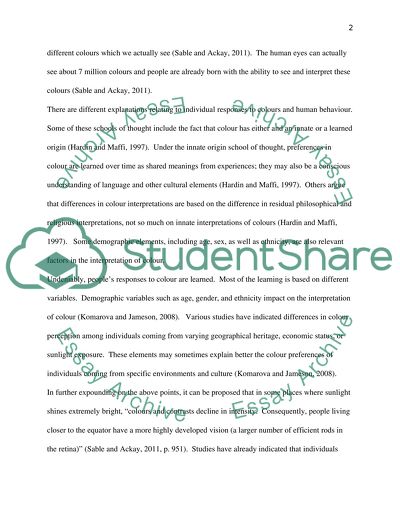Cite this document
(“Emotion in the Colours Essay Example | Topics and Well Written Essays - 5000 words”, n.d.)
Retrieved from https://studentshare.org/psychology/1402349-emotion-in-the-colours
Retrieved from https://studentshare.org/psychology/1402349-emotion-in-the-colours
(Emotion in the Colours Essay Example | Topics and Well Written Essays - 5000 Words)
https://studentshare.org/psychology/1402349-emotion-in-the-colours.
https://studentshare.org/psychology/1402349-emotion-in-the-colours.
“Emotion in the Colours Essay Example | Topics and Well Written Essays - 5000 Words”, n.d. https://studentshare.org/psychology/1402349-emotion-in-the-colours.


